Let No Man Drag Me Down (1948)

A Larger Circle (1977)
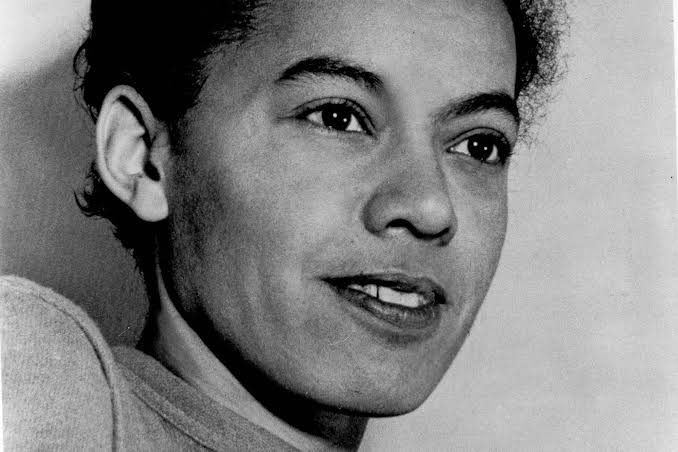
Mother Courage (1920)
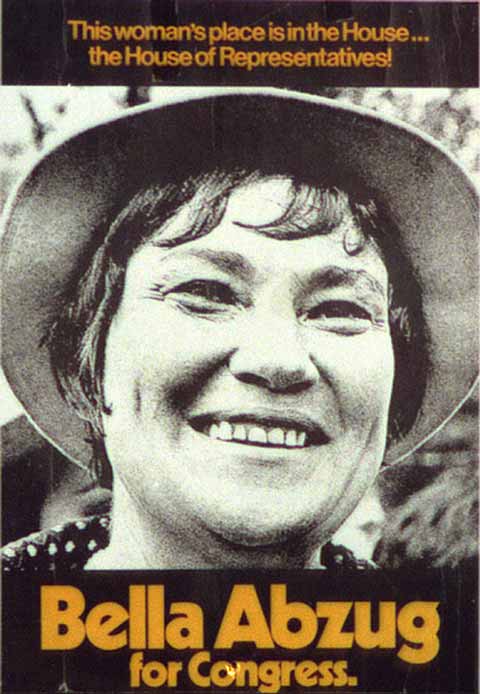
“We are coming down from our pedestals and up from the laundry room.”
No domestic goddess of today could hold a candle to the 1950s Happy Days sitcom mom, Mrs. Cunningham, whose advice could slay any crisis. She would have been appalled with the 1980s Roseanne Barr who boasted, “As a housewife, I feel that if the kids are still alive when my husband gets home from work, then hey, I’ve done my job.” Bella Abzug was more Roseanne than Mrs. C. as she blazed a fiery trail.
The Contemporary Cleopatra
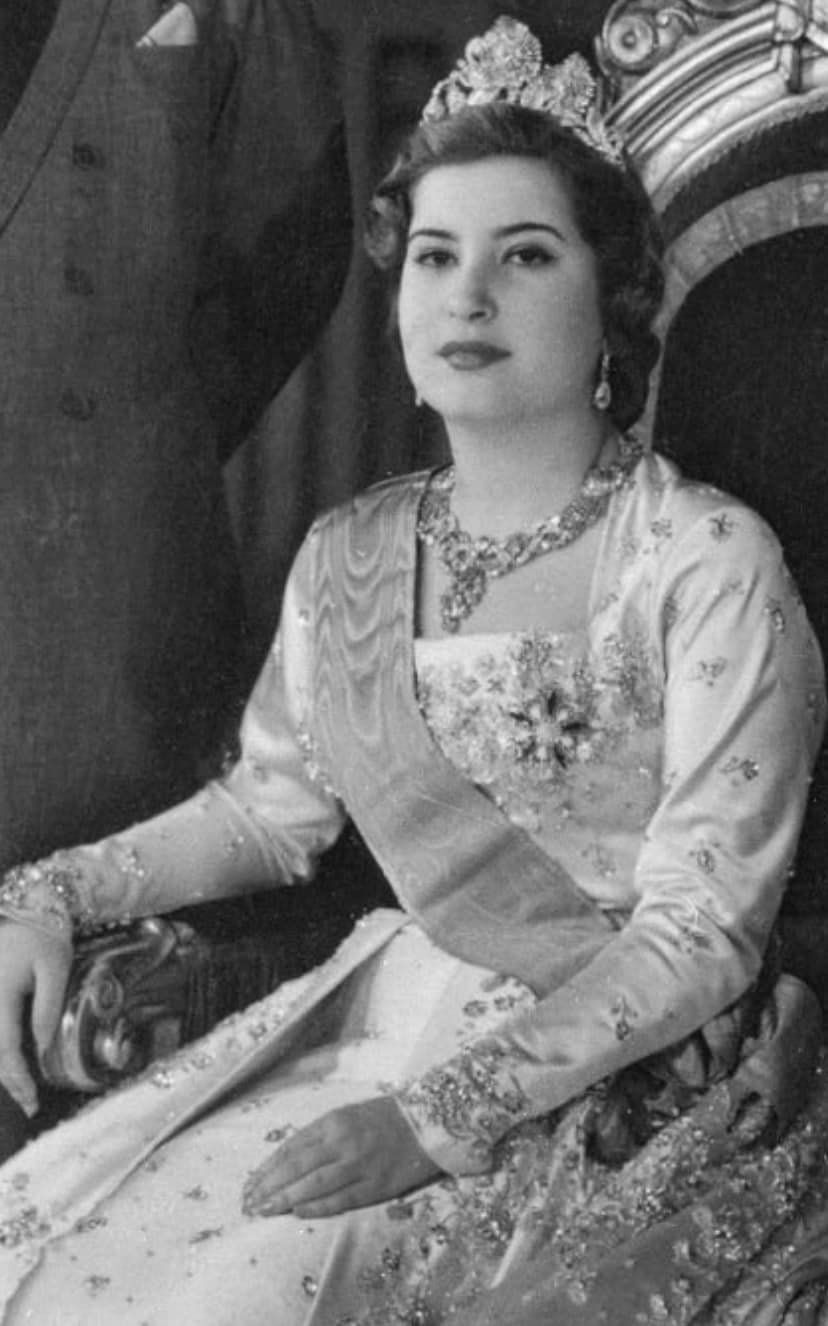
Worth Fighting For (1934)
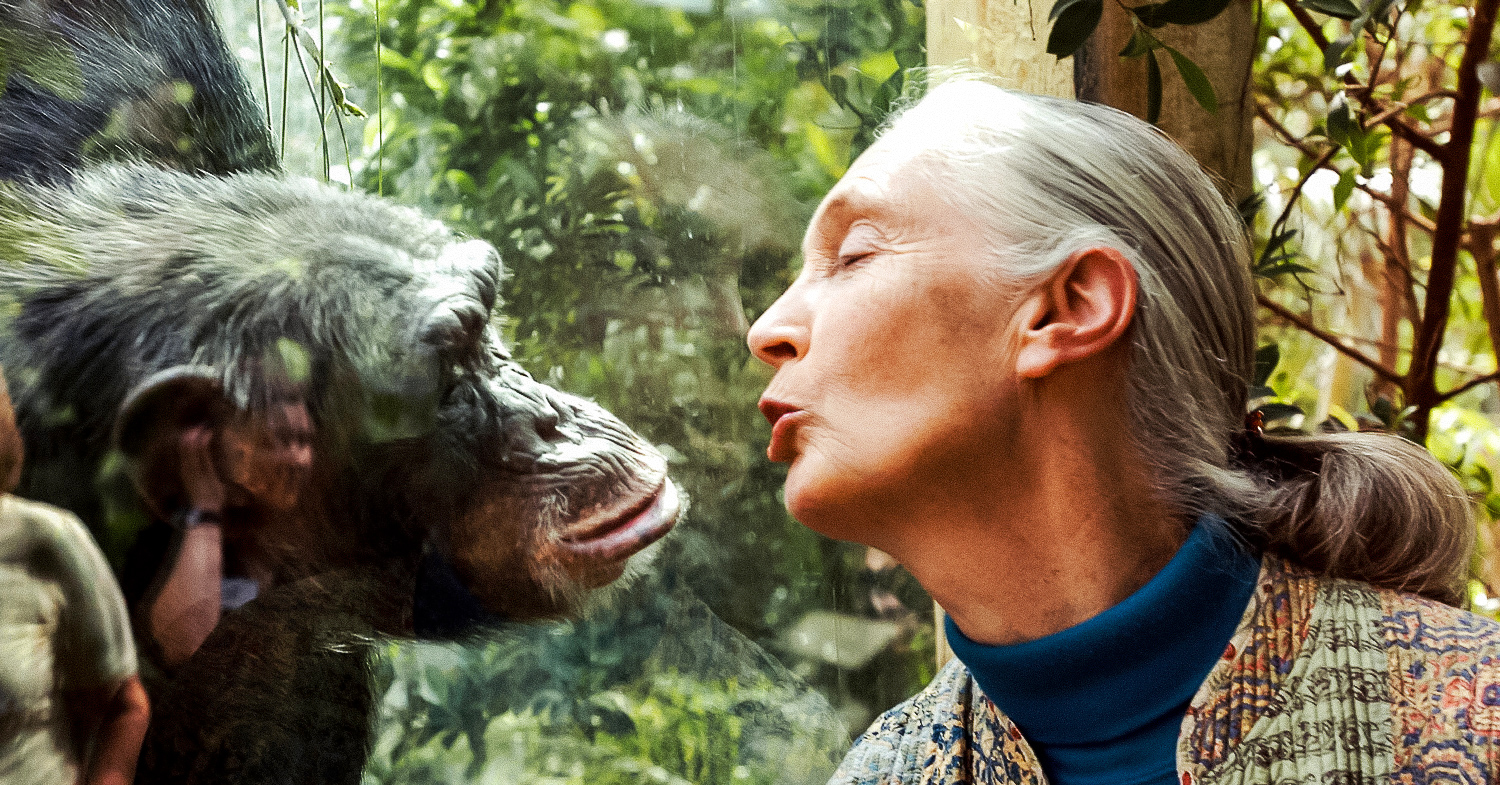
“The greatest danger to our future is apathy.”
From the trenches of France in 1920, Hugh Lofting wrote to his sons about a British physician, John Doolittle. Despite the apathetic-sounding surname, the doctor possessed the most remarkable gift: he could talk to animals. The letters transformed to a beloved children’s classic and inspired one of the greatest scientific discoveries of the twentieth century.
Queen of Sugar Hill
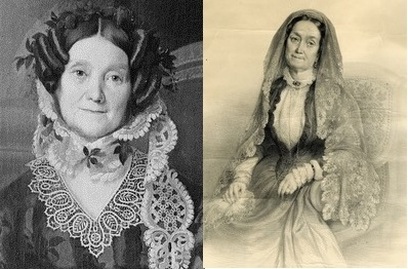
Eliza Jumel
“Vice Queen of the United States” (How Eliza Jumel introduced herself in Paris)
Morris- Jumel Mansion (opened 1904)
If walls could indeed talk, Manhattan’s ’s oldest remaining home would provide a tantalizing tale. And one would be of Eliza Jumel who defeated Aaron Burr in a duel. To experience the historic house that doubled as a nineteenth-century soap opera, head over to the Morris- Jumel Mansion.
Deeds Not Words
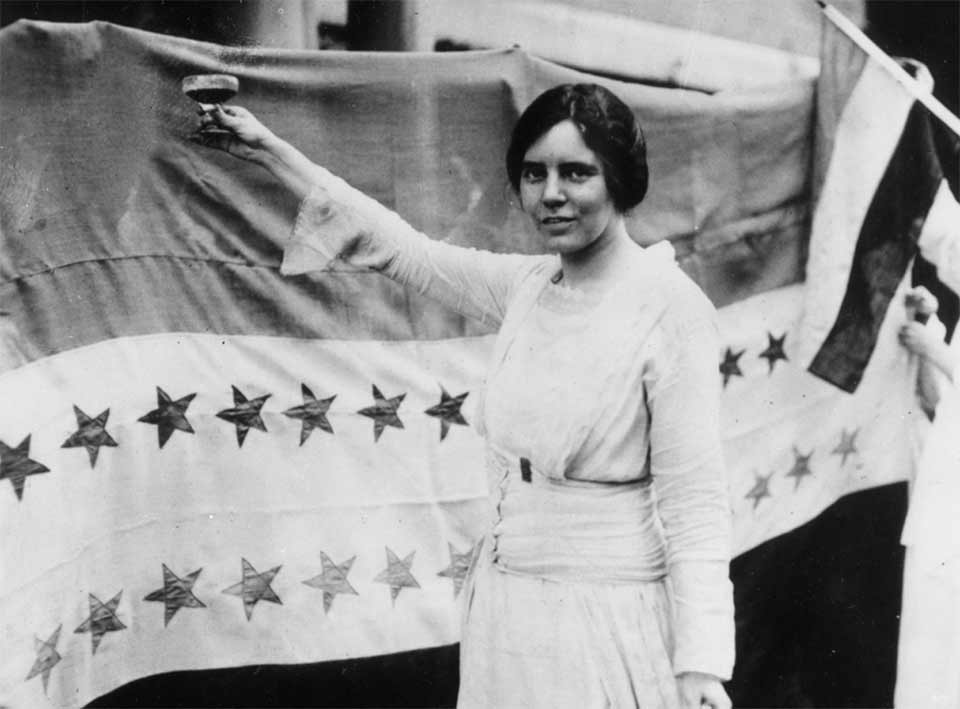
Alice Paul
“The thing I think that was the most useful thing I ever did, was having
a part in getting the vote for all the women.”–Alice Paul
Alice Paul Institute (Paulsdale) (opened 2002)
Which historic figure ended up behind bars several times for acts of civil disobedience and protested through fasting? The answer is not only the dhoti-clad Hindu Mohandas Gandhi; it is also the Victorian-garbed Quaker Alice Paul. To experience the home of the firebrand, make your way to her former farm, Paulsdale.
Leap of Faith

Leap of Faith
Dreams don’t just have to be for sleeping: The quotation is what my road to publication has taught me. To reach my mountaintop-whose pinnacle was the joy of seeing my name on the spine of books-was an arduous journey. Each writer has their own story; here is mine.
Let the 10 Commandments Go

The Wizard of Wall Street

“A good business woman is often sharper than a good business man.”-Hetty Green
What Lady Macbeth and Lady Black failed to grasp was the biblical admonition, “For what shall it profit a man, if he shall gain the whole world, and lose his own soul?”
“J’ai Deux Ampurs”

Château & Jardins des Milandes (opened 2001)
Castelnaud-la-Chapelle, France
“Un coup de coeur” loosely translates to “love at first sight,” a French expression that describes how Josephine Baker felt upon first gazing at what she called Sleeping Beauty’s Castle. To experience the enchantment, step back in time and enter the Château des Milandes.
The Prince of Darkness
.jpeg)
Rising of the Stars
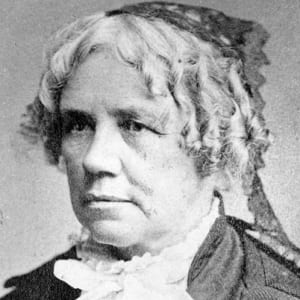
Maria Mitchell
“We see most when we are most determined to see.”—Maria Mitchell
Since the nineteenth century, children have recited the nursery rhyme “Twinkle, twinkle, little star, how I wonder what you are . . .” In Nantucket, Maria Mitchell did more than wonder about the stars. To partake of the astronomer’s “sweeping the sky,” journey to the Maria Mitchell House.
Comets have long captured the popular imagination. In William Shakespeare’s play The Tragedy of Julius Caesar, on the evening of her husband’s assassination, Calpurnia observed, “When beggars die, there are no comets seen / The heavens themselves blaze forth the death of princes.”
Lead Once More (1929)
.jpeg)
Preface: A Room of Their Own: Women's Home Museums Revealed
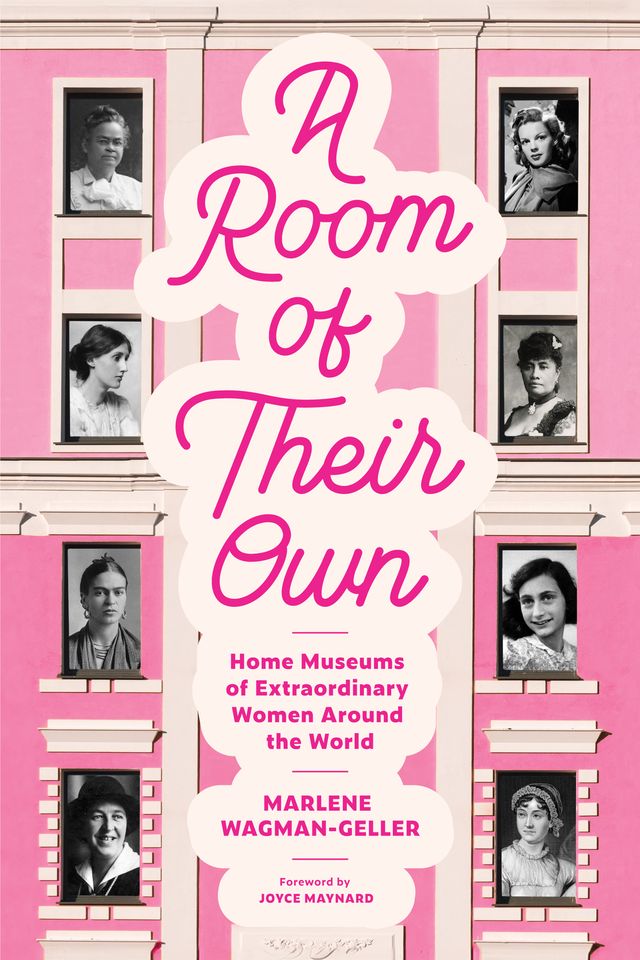
“Sing in me, Muse, and through me tell the story.” –Homer
The word museum originated from the ancient Greek word that denoted “place of the muses.” The nine Muses were the offspring of Zeus–who wasn’t?–and Mnemosyne, the Goddess of Memory. Indeed, museums are the repositories of memories, of ancient civilization, of the apogee of artistry.
I Do Not Give a Damn (1893)
.jpeg)
“The first thing I do in the morning is brush my teeth and sharpen my tongue.”
Legions of literary ladies entertain the dream of heading for New York City to become another Dorothy Parker, the rapier wit who achieved renown as the Guinevere of the Algonquin Round Table, a group of Manhattan writers and critics. Would-be Parker acolytes might reconsider walking in her pumps if they understood the pain behind Mrs. Parker’s wisecracks.
Failure is Impossible
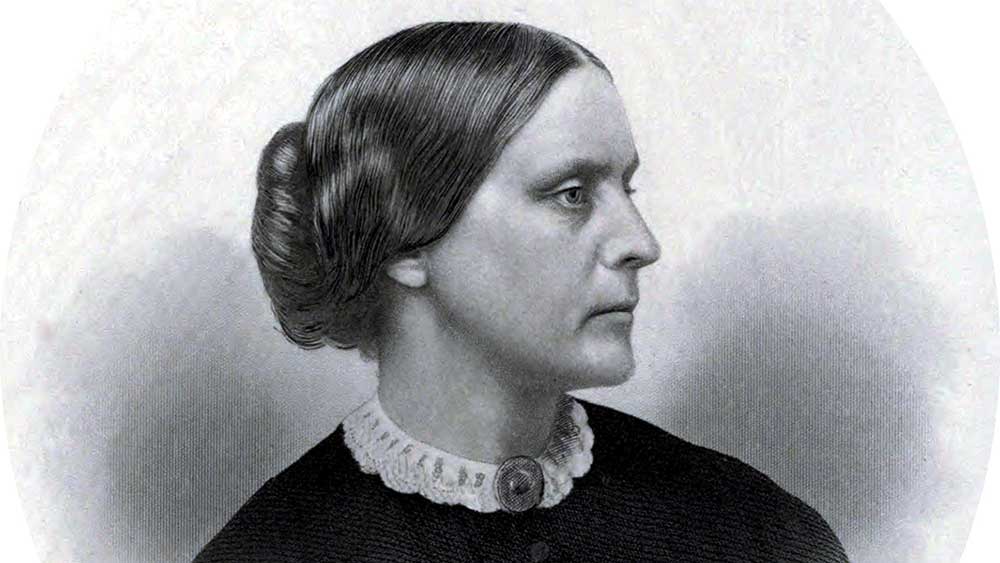
“Men, their rights, and nothing more; women their rights, and nothing less.”—Susan B. Anthony
National Susan B. Anthony Museum & House (opened 1945)
The unwavering friendship between Elizabeth Cady Stanton and Susan B. Anthony helped form the foundation of the American suffrage movement. Elizabeth supplied many of the speeches that Susan delivered. Elizabeth explained, “I forged the thunderbolts and Susan fired them!” For those desperately seeking Susan, one should make a pilgrimage to the National Susan B. Anthony Museum & House.
The Quaker faith (so-called as members were said to quake in the presence of the Lord) shaped Susan’s soul and provided the courage to slay the hydra heads of injustice. Susan Brownell was born in 1820, the second oldest of seven children of Daniel and Lucy Anthony. Along with her sisters, Guelma, Hannah, and Mary, Susan shared the same educational opportunities as her brothers. From an early age, Susan suffered from a wandering eye that made reading difficult and led to her insistence to be photographed in profile. The family lived in Adams, Massachusetts; when Susan was six they moved to Battenville, New York, where Daniel managed a mill. As a child, Susan could not understand why Sally Anne Hyatt, her father’s employee, more knowledgeable about weaving than her supervisor, Elijah, was not in charge. Daniel explained a woman could not hold a position of authority.
Celestial Brethren

“And if you chance to feel that the positions I occupied were rough and unseemly for a woman, I can only reply that they were rough and unseemly for men.”—Clara Barton (at Cedar Mountain)
What is red and white, carries an iconoclastic symbol, and is an inversion of the Swiss flag? The American Red Cross started with a shy New England girl, born to be a nurse. To learn about Clarissa Harlow Barton, take a tour of the Clara Barton Museum.
Florence Nightingale, the founder of modern nursing, was named after Florence, Italy, the city of her birth. Sarah and Captain Stephen Barton christened their daughter Clarissa (Clara), after the protagonist of the British novel Clarissa, Or, The History of a Young Lady by Samuel Richardson. Raised in the Universalist Church, Clara started her life on a farm in Oxford, Massachusetts, on Christmas Day, 1821, the youngest of five children. Fond memories were the times her father, a former army officer, shared stories of the Northwest Indian War.
When Clara was ten, her brother, David, fell while working on repairing a barn. She recalled of the medical practice of using leeches to suck out his “bad blood”: “My little hands became schooled to the handling of the great, loathsome, crawling leeches which were at first so many snakes to me.” The two years she spent nursing him endowed her with a sense of purpose.
Remained to Pray
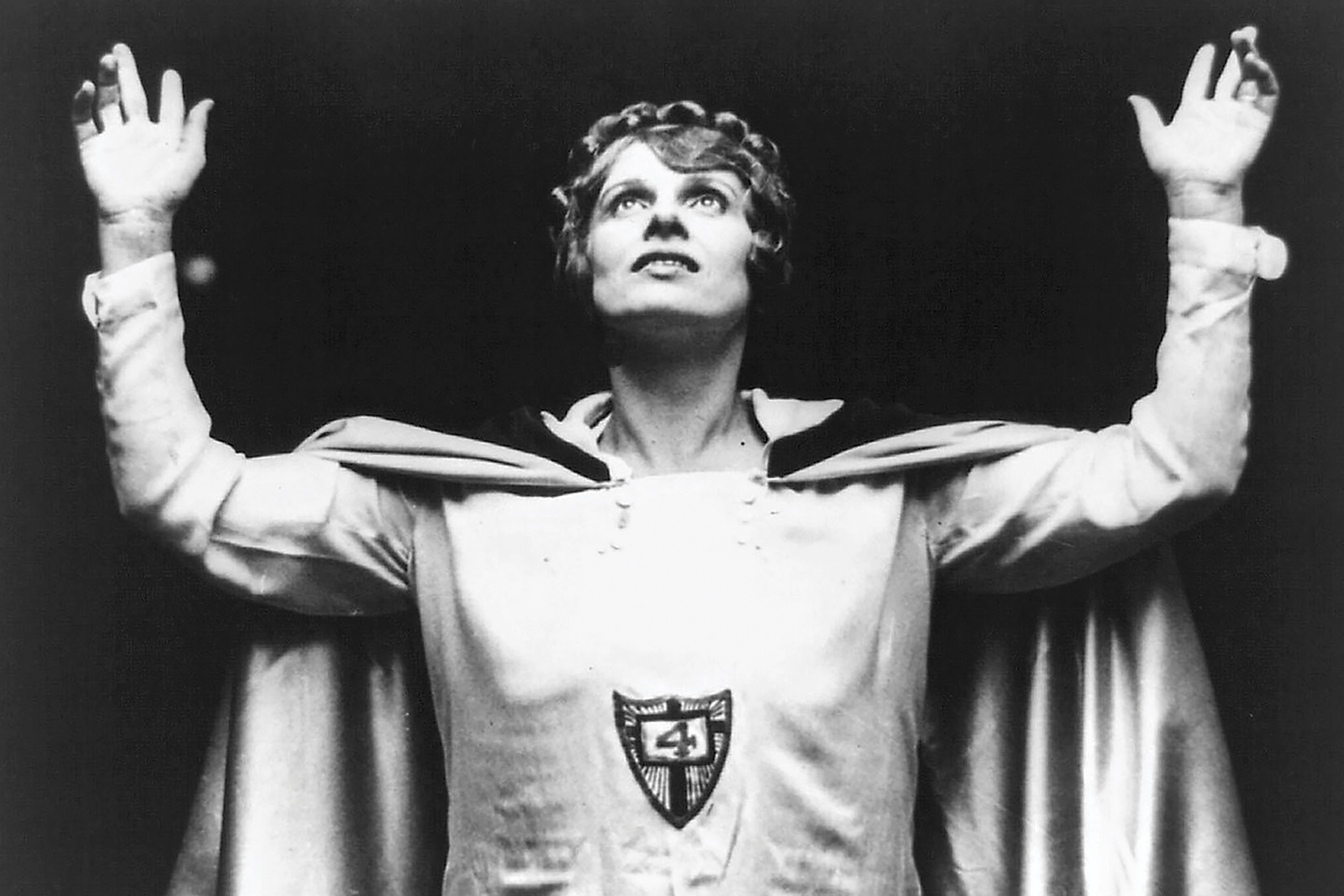
“I am not a healer. Jesus is the healer. I am only the office girl
who opens the door and says, ‘Come in.’”
–Aimee Semple McPherson
Foursquare Heritage Center-The Parsonage of Aimee Semple McPherson (opened 2006)
Los Angeles, California
A daunting endeavor for Canadians is achieving acclaim in the United States, but a few have made their mark. One of the successful was Aimee Elizabeth Kennedy from Ingersoll, Ontario, who transformed into America’s evangelist. Her spirit resides in the Parsonage of Aimee Semple McPherson.
Glory Day (1994)

Ellen: “Haven’t you ever had sex dreams about people?”
Paige: “Ellen, I’m a doer, not a dreamer.”
“Who shot JR?” In 1980, the question was on everyone’s lips, bumper stickers, and magazine covers. Television audiences were delirious to discover who had fired two .38 caliber bullets into the disreputable oil tycoon during the third season’s finale of Dallas. Seventeen years later, Ellen replicated the furor; on that occasion the question: Is she or isn’t she?


